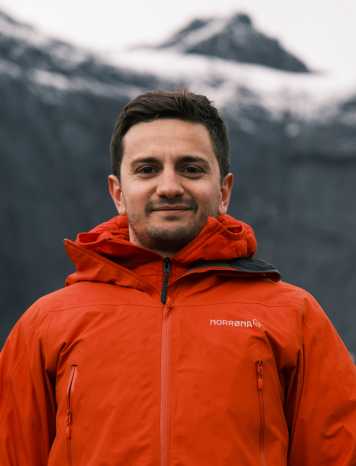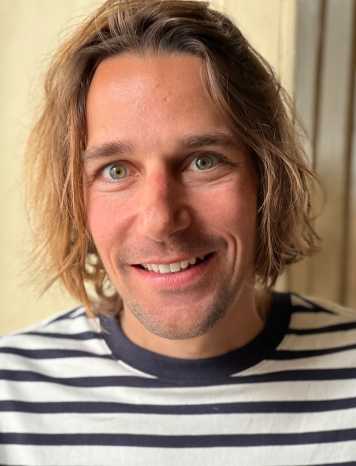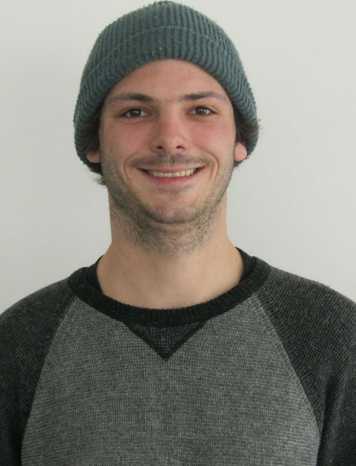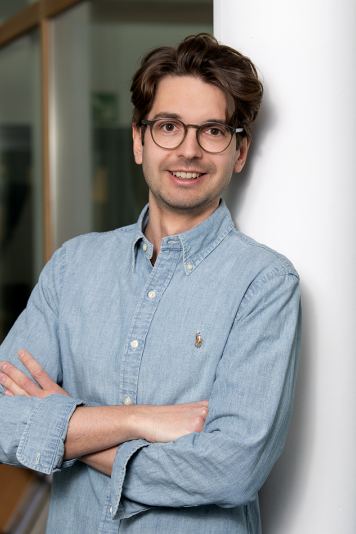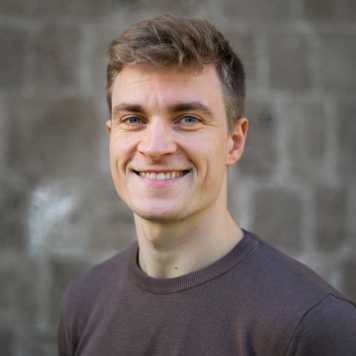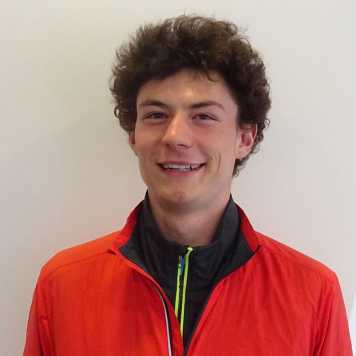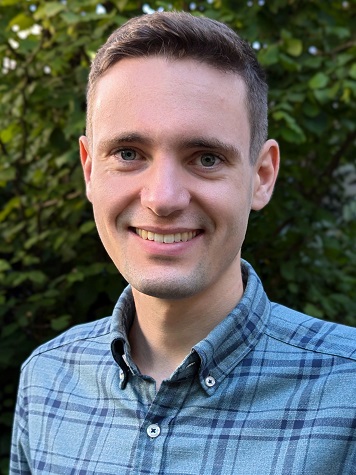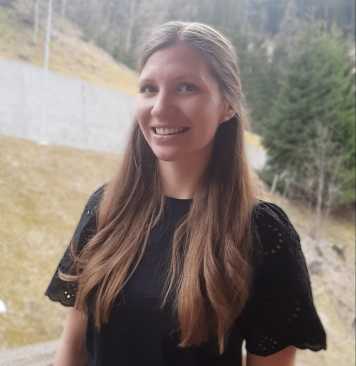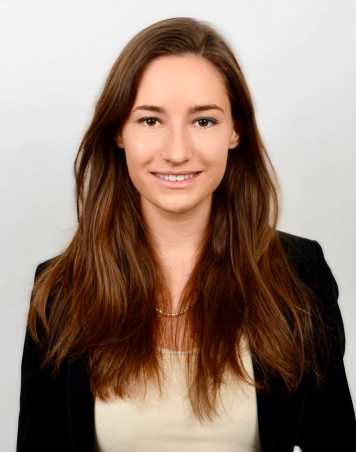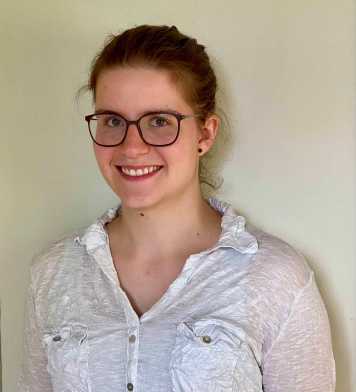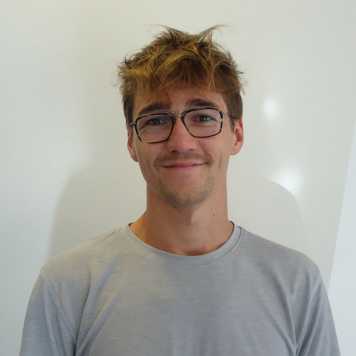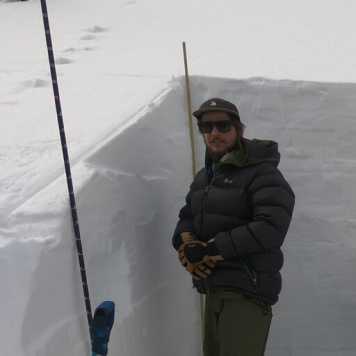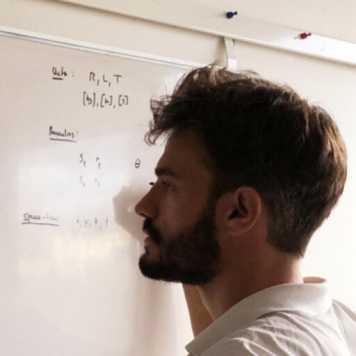Research and Support staff
Hervé works on the experimental and numerical modelling of alpine mass movements such as debris flows, rock and snow avalanches. His primary focus revolves around two key research questions: the entrainment of saturated erodible beds and flow regime transitions. The core application of his research lies in predicting the mobility of geophysical flows using physics-based models.
Hervé, originally from Aosta Valley in the Italian Alps, completed his bachelor's and master's studies at Politecnico di Torino. He later pursued a PhD in geotechnical engineering at the Norwegian University of Science and Technology (Trondheim, Norway) which was focused on understanding entrainment by debris flows and exploring mitigation strategies using flexible barriers. Before starting his current PostDoc, he has worked during a year at the Norwegian Geotechnical Institute (Oslo), mostly on the development of a numerical model for mixed snow avalanches and on various hazard mapping projects.
In Michaels current PostDoc project, funded by WSL and the Chair of Alpine Mass Movements, he investigates the hazard potential of alpine mass movements impacting water bodies using the Material Point Method. His research focuses on the numerical modelling of the flow dynamics of geophysical flows including snow avalanches, rock avalanches and landslides.
Michael received his bachelor and master degree in mechanical engineering from the Eidgenössische Technische Hochschule Zürich (ETH Zürich) specializing in fluid dynamics and numerical modelling with CFD codes. Between 2017 and 2021 he was a student at the Mechanics doctoral school at École Polytechnique Fédérale de Lausanne (EPFL) and at the WSL Institute for Snow and Avalanche Research SLF in Davos working on his dissertation on impact forces induced by granular snow avalanches on obstacles using the Discrete Element Method.
Grégoire's research focuses on the numerical and experimental study of the processes leading to the formation of snow avalanches. As part of his doctoral thesis, Grégoire developed a numerical framework to study the micro-mechanics involved in the release of snow slabs.
Dr. sc. ETH Zürich, Dept. of Civil, Environmental and Geomatic Engineering. Micro-mechanical modeling of dynamic crack propagation in snow slab avalanche release
M.Sc. Atmosphere, Climate, Continental Surfaces at University Grenoble Alpes, Grenoble, France.
M.Sc. Modeling Systems, Control theory and IT at University Joseph Fourier, Grenoble, France.
Research interests: Fracture mechanics in porous media, snow avalanche formation, numerical modeling.
Lars develops models to describe and simulate the mechanics and rheology of porous and granular media. Over the last years, Lars has been working with the material point method (MPM), implementing new models in the framework of finite strain elastoplasticity. At SLF, he is particularly interested in modeling snow avalanches and alpine mass movements.
Lars received a BSc in Physics from Norwegian University of Science and Technology (NTNU) in 2015, MSc in Computational Science and Engineering from Eidgenössische Technische Hochschule Zürich (ETH Zürich) in 2018 and is defending his PhD in Mechanics at École Polytechnique Fédérale de Lausanne (EPFL) in 2023. Prior to pursuing an academic path, Lars worked a year in industry.
Camille is working with a coupled 3D CFD-DEM numerical method to investigate entrainment mechanisms in Alpine mass movements. One of her objectives is to decipher the influence of saturation degree and pore pressure of bed material on entrainment rates and also on avalanches' flow mobility. Her research is part of the Alpine Mass Movements team in SLF in Davos and ETH Zurich.
Between 2019 and 2022, Camille graduated with a first M.S degree in geophysics named "Natural Hazards" in 2021, applied specifically to the study, the modelling and characterization of telluric natural hazards such as gravitational instabilities, earthquakes, tsunamis or volcanoes; and with a "Applied Geophysics" M.S degree to strengthen her knowledge of geophysical techniques at the "Institut Physique du Globe de Paris" (IPGP) in France. In May 2023, Camille started her doctoral studies with the SLF of Davos and ETH Zurich on the entrainment mechanisms in Alpine mass movements using a coupled CFD-DEM model with Ansys Rocky and Ansys Fluent.
Mikkel’s research focus on the development of a multi-phase material point method (MPM) for alpine mass movement and cascading processes such as snow and rock avalanches. The purpose of such a model is to allow for a description of multi-phase interactions, heat transfer, phase changes and liquefaction during flow, all of which might become increasingly more important with related effects of global warming.
Mikkel, originally from Denmark, graduated from the University of Oslo in 2023 with a BSc in physics and a MSc in computational science: Materials science. For his master thesis he investigated the frictional properties of nanoscale Kirigami using molecular dynamics and machine learning. During his studies he has gathered experience twice as research assistant at the university of Oslo and once as a summer intern at Simula, performing finite element analysis of porous flow of cerebrospinal fluid in the brain.
Philipp is focused on gaining a deeper understanding of how topographic features, such as curvatures and abrupt changes, influence debris flow dynamics. His research encompasses numerical modeling, laboratory experiments, and field studies. He is part of the Alpine Mass Movements team at the SLF in Davos and ETH Zurich.
Philipp completed his BSc in Environmental Engineering at the Technical University of Munich, where he continued directly into his Master's degree in Environmental Engineering in 2021. His focus areas included Alpine Hazards, Risk Management, and Hydraulic Engineering. Philipp investigated the effects of curvatures on gravitational mass movements using numerical methods such as the Discrete Element Method and Smoothed Particle Hydrodynamics, primarily concentrating on the superelevation effects of debris flows.
After spending a semester at École Polytechnique Fédérale de Lausanne, Philipp joined the Alpine Mass Movement Group at SLF. During his studies in Munich, he was supported by the excellence promotion program of the Oskar von Miller Forum.
Johann is developing a depth-averaged material point method (DAMPM) within an elastoplastic framework to simulate the dynamics of gravitational mass movements. His goal is to advance large-scale risk assessment in mountainous regions by reducing the computational cost of mass movement modeling, contributing to more efficient disaster prevention and mitigation strategies.
In his previous role, Tiziano focused on developing a novel measurement technology for acquiring snowpack stratigraphy, drawing on his expertise in mechanical engineering, robotics, PCB design, and embedded programming. Now, in his new position, he provides essential engineering support to team members, assisting in the planning and execution of their experiments. His role involves optimizing experimental setups, troubleshooting, and ensuring technical precision, leveraging his multidisciplinary background to enhance the group's research efforts.
Tiziano, originally from Ticino, holds a master’s degree in mechanical engineering from ETH Zürich. During the past three years, he has focused on developing a novel measurement technology for acquiring snowpack stratigraphy, a project he initiated during his master’s thesis. His work included designing and building a measurement device that implements this technology.
Lara is responsible for the group's finances, manages the group's budget and provides support and advice for all administrative (and any other) concerns.
Avalanche safety for roads
(PI: Dr. Yves Bühler - SLF)
Modelling of rock slope instabilities in permafrost
(PI: Prof. Dr. Johan Gaume - SLF/ETHZ, Dr. Robert Kenner - SLF)
Dense Intermittent Impact of Snow Avalanches on Obstacles
(PI: Dr. Betty Sovilla - SLF, Prof. Christophe Ancey - EPFL, Prof. Johan Gaume - SLF/ETHZ )
(PI: Prof. Francis Gauthier and Prof. Alexandre Langlois)
Ice modelling
(PI: Dr. Martin Lüthi - UZH & co-advisor Prof. Johan Gaume - SLF/ETHZ)
